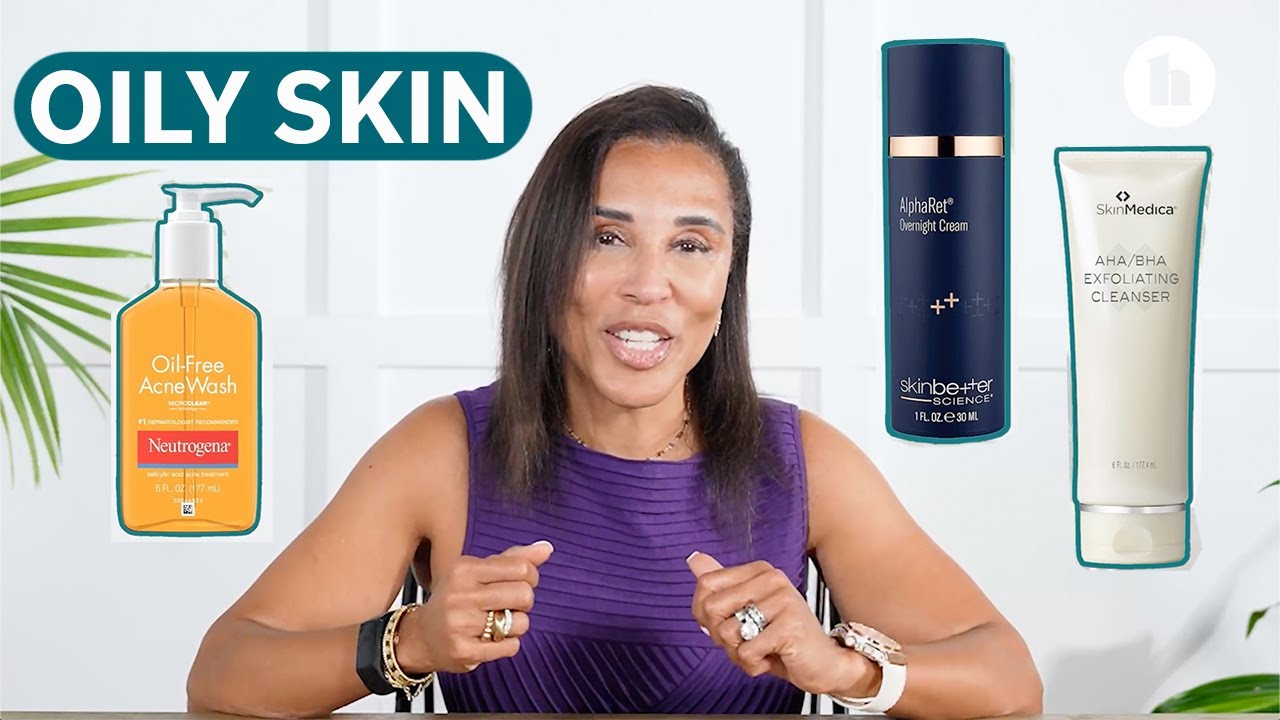The Best Skincare Routine for Oily Skin & Acne-Prone Skin
If you have oily skin and are prone to breakouts, finding the right skincare routine can be a challenge. Oily skin can lead to acne, and acne can be difficult to manage without the right skincare products. In this blog post, we will explore the best skincare routine for oily skin and acne-prone skin. From cleansers to moisturizers, we’ll discuss the best products to keep your skin clear and healthy.

Cleanser
Cleansing is an essential step in any skincare routine, especially for those with oily skin and acne. A good cleanser should be able to remove excess oil, dirt, and makeup without stripping the skin of its natural moisture barrier. Choose a gentle cleanser that is non-comedogenic (non-pore clogging) and suitable for your skin type. Those with oily skin should opt for a foaming cleanser to help control sebum production, while those with acne-prone skin should choose a cleanser that contains active ingredients like salicylic acid or benzoyl peroxide to help reduce breakouts. For extra deep cleaning, try using a double cleansing method: start by using an oil-based cleanser to remove makeup, sunscreen, and other debris, then follow up with a water-based cleanser to leave skin clean and clear.

Toner
When it comes to oily skin and acne-prone skin, toners are an essential part of your skincare routine. Toners help remove excess dirt, oil, and makeup from your skin and help balance the pH levels. For oily and acne-prone skin, look for a toner that contains glycolic acid or salicylic acid which can help reduce the production of excess sebum and also provide anti-bacterial protection. It is important to use toner with caution as overuse of certain ingredients can lead to over-drying and irritation of the skin. When applying the toner, apply a small amount on a cotton ball and gently sweep over the face and neck area. Allow the toner to dry before applying your serum and moisturizer.
Serum
When it comes to oily skin and acne, serums are an essential part of any skincare routine. They help target specific concerns, such as hyperpigmentation or acne scars, and give your skin a healthy glow. When choosing a serum for oily skin and acne, look for ingredients such as glycolic acid and salicylic acid. These help to reduce breakouts and minimize the appearance of enlarged pores. They can also help reduce excess sebum production, leaving your skin feeling soft and hydrated. Additionally, look for ingredients like niacinamide, which helps to balance out your skin’s oil production. Finally, try to choose a serum that is light and non-greasy, as heavy formulas may clog your pores and cause further breakouts.

Moisturizer
When it comes to moisturizing oily and acne-prone skin, it’s important to select the right type of product. Choose a lightweight, oil-free moisturizer that won’t clog pores or contribute to breakouts. Look for products labeled “non-comedogenic” on the packaging. This will ensure that it won’t cause your skin to produce more oil or trigger breakouts.
In addition, moisturizers with glycerin and hyaluronic acid can be great for helping to reduce the appearance of shine while also providing a boost of hydration. These types of moisturizers are especially beneficial for acne-prone skin, as they help keep skin hydrated without increasing oil production. You can also look for a moisturizer that contains salicylic acid, which helps to clear existing blemishes while reducing oiliness.
Be sure to apply your moisturizer to your face and neck every morning and night after cleansing, toning, and applying serums. A gentle patting motion can help the product absorb better into the skin.

Sunscreen
The final step in any skincare routine is sunscreen. This is especially important for those with oily skin and acne-prone skin because excess oil can lead to an increase in sun damage. Sun exposure can cause further blemishes and breakouts, so wearing sunscreen every day is a must!
Look for a sunscreen that is lightweight, non-comedogenic, and oil-free to prevent clogged pores. Make sure the sunscreen also has broad-spectrum protection with an SPF of 30 or higher. Apply the sunscreen as the last step in your morning skincare routine to keep your skin protected from the sun all day long.

